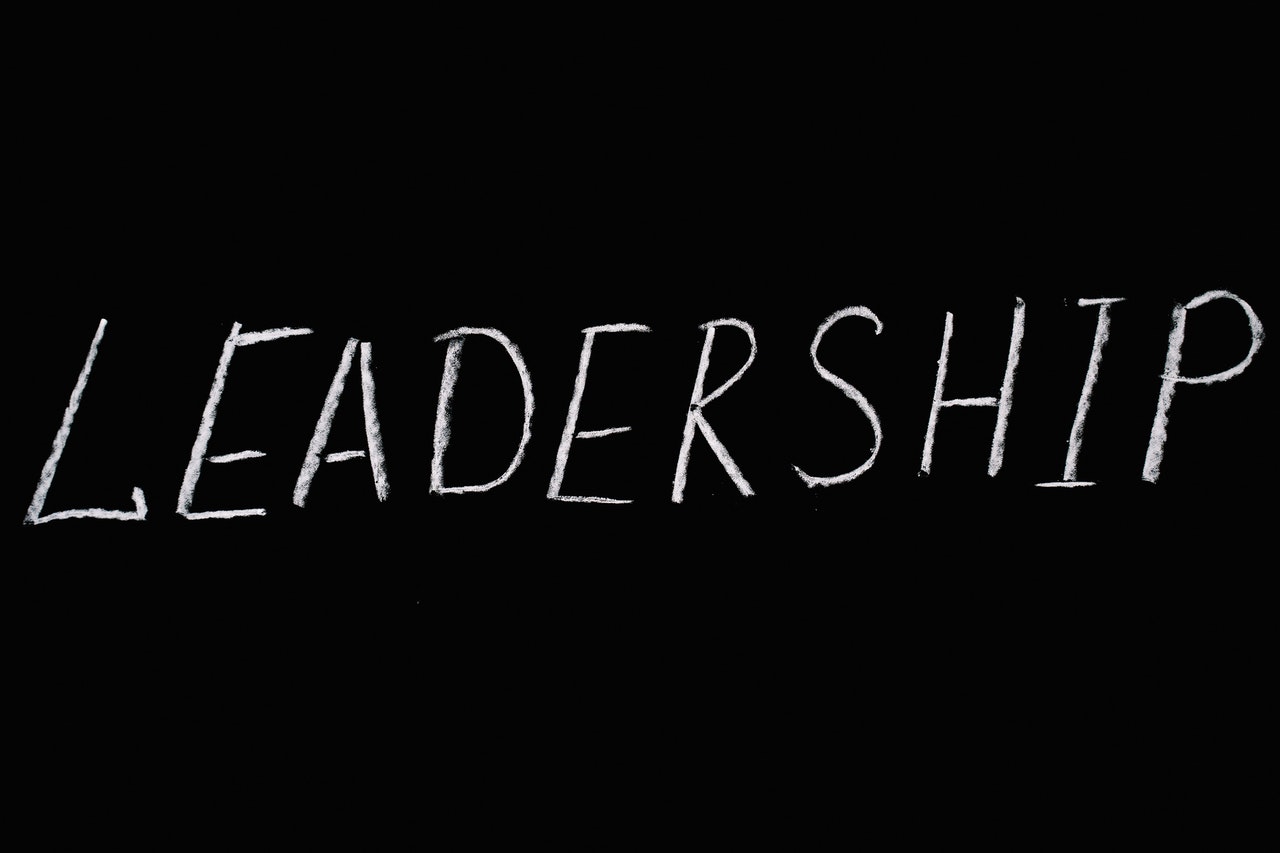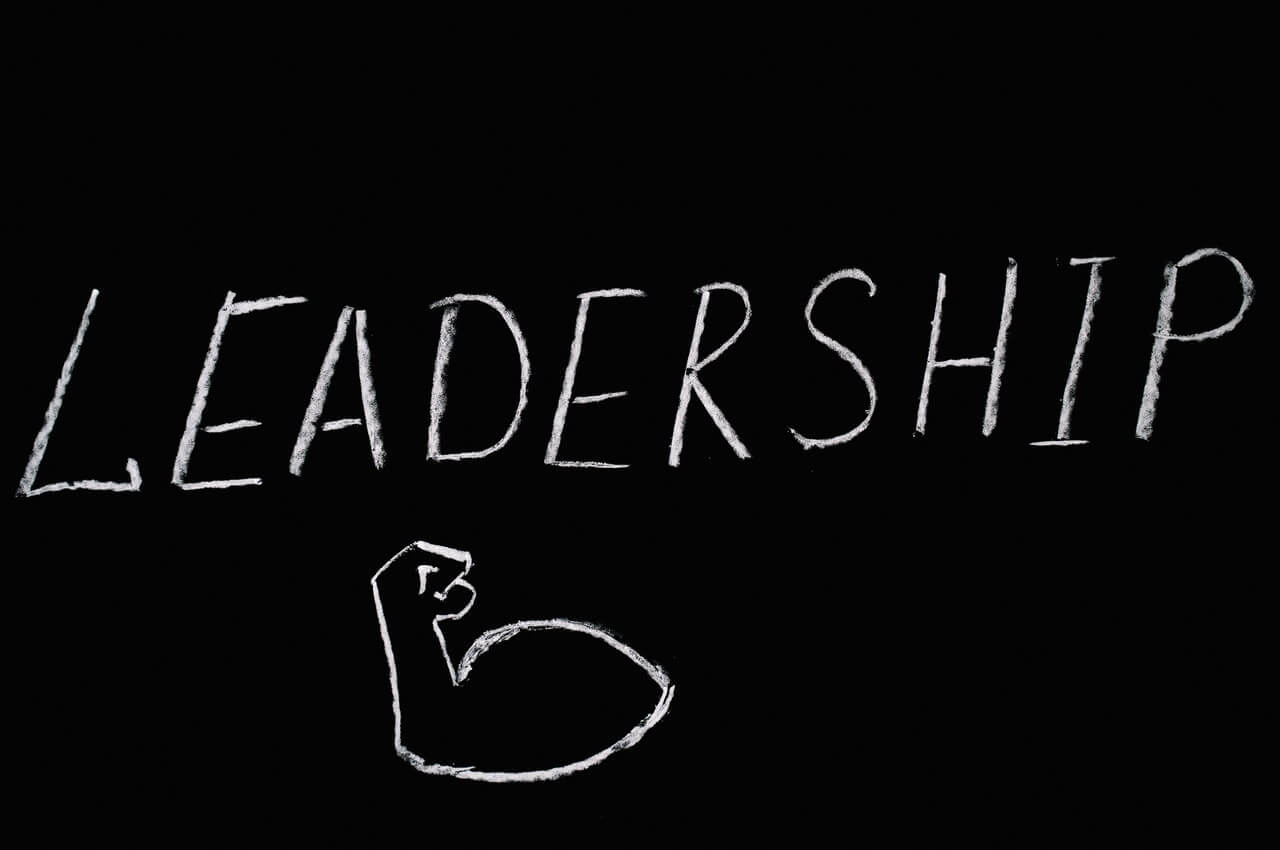Adaptive Strain: Seeing the Need for Change
The events of last week remind us that VUCA (volatility, uncertainty, complexity, ambiguity) lives just under our radar screen and can catapult us from the status quo into radical change instantly. Like the 2008 economic crisis, events of this magnitude create unavoidable systemic strain that threaten to tear organizations, even countries, apart. As leaders, we …









